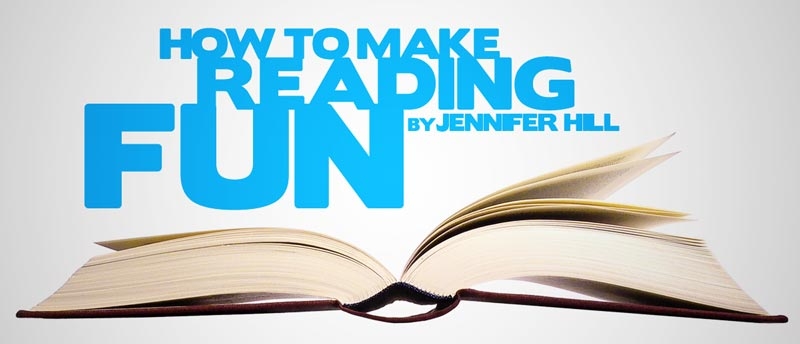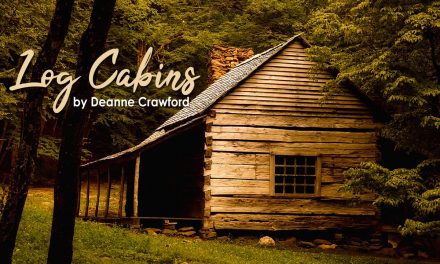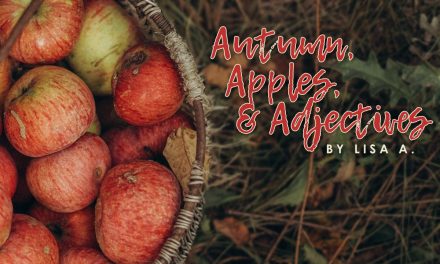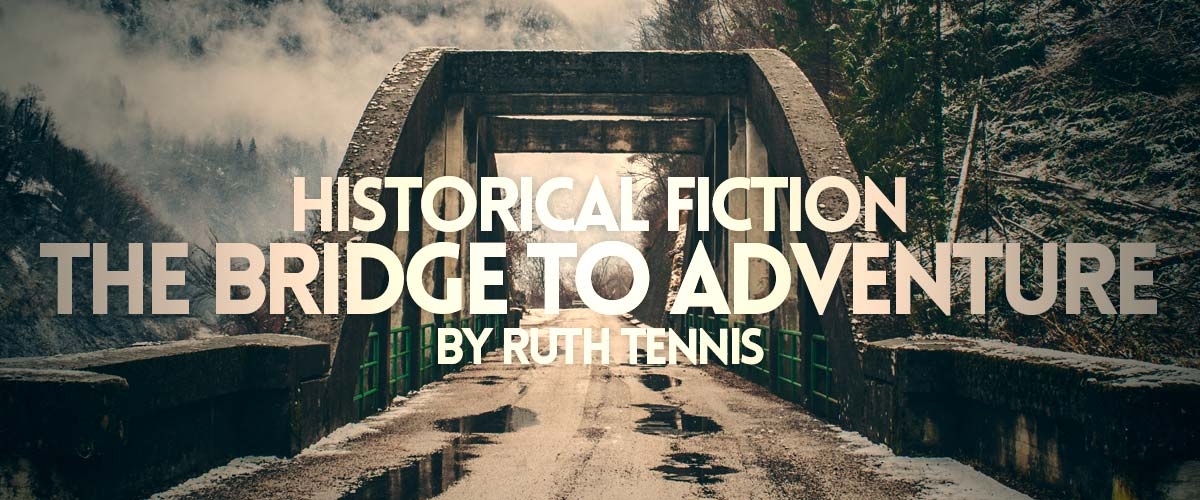Something we often hear from parents is how much they are learning about history when homeschooling their children. We offer some amazing options for history in a variety of formats. But is that the difference? Is that what is speaking to you? Or is it that you have more life experience and are applying your context to the content being taught. I would argue the latter. So, how do you make history relatable for your students?
Classroom textbooks are directed to a group of students of the same age learning the same content at the same time. The presentation is often lacking in depth and readability, and is actually, well… boring! You read a few pages, you answer questions, you take a test, then move on to the next chapter. In the predictability and routine, one can easily lose interest. Even if some event or personality does spark an interest, individual learners are not given the opportunity to investigate because the class is moving on without you. Education approached on these terms really does amount to little more than filling a one-size-fits-all bucket.
Homeschool publishers are writing for a different audience than groups of classroom students who are commonly the same age. The language is more intimate and personal, and the learner is often encouraged to explore beyond the scope of the text material. We feel as if they are writing to us versus talking at us. Facts are presented in context and readers are often challenged to draw their own conclusions. We learn about the main figures as well as the supporting figures and events. We are even commonly encouraged to add supplemental literature to our history books to dive deeper. We research areas of interest because we can! With this kind of approach to publishing, parents are equipped to widen the context of history for their students in order to make it more meaningful.
Parents are often teaching history and social studies to multiple ages at the same time, which is not only practical, but a wonderful way to prompt multi-level discussion! You have the opportunity to directly enrich your child’s experience with history! If they connect to a person or event, pause and explore. Those moments are what kids retain, when you step away from the ‘read and fill-in-the-blank’ approach. Having a curriculum with this type of freedom and flexibility will provide you a pathway to follow. You decide if you do it all, break it up over 2 years, add biographies or even historical fiction, build projects, create art, or take a related field trip. But also, you can follow the curriculum’s schedule, maybe create a timeline together, and still pause to research and discuss areas of interest.
Because history is seldom on any standardized test, there is less scrutiny on how you teach it at different ages or levels. I find that geography is a good starting point with young learners. Learning geography close to home as well as the shapes of states and the capitals is a concrete entry point. It is relatable and manageable for a child of 5, 6, or 7 years old. Later, when they may start to read biographies or some regional history, they have a connection to make in their brain. These connections provide context for retaining information and often create a bridge for adding more information down the road. High schoolers will typically take a year of world history, a year of U.S. history, and some form of government depending on your state requirements. The middle grades often reflect a lighter version of this cycle. This leaves the elementary years wide open for all sorts of teaching styles and methods!
Put yourself in your student’s place when teaching history. You have many more years of life to apply to what you are reading. Don’t be shy about sharing some relevant experience or memory from your own personal or family history. If they connect to something, pause and make the most of the opportunity. It’s the pausing that allows time to process and connect the dots. This is something we were not allowed to do as teachers in a school setting, and you can change that for your learners at home. ~ Sara





